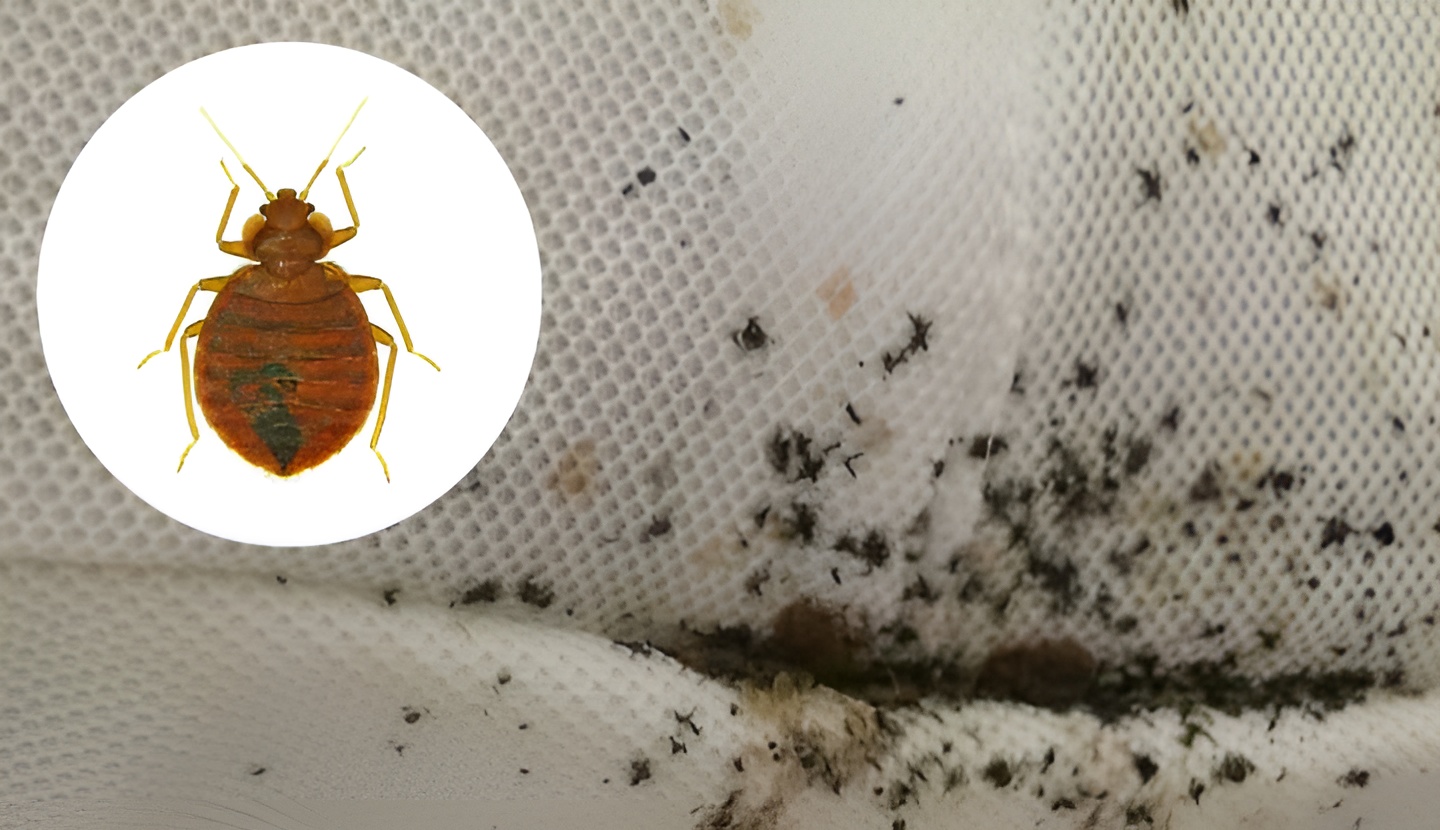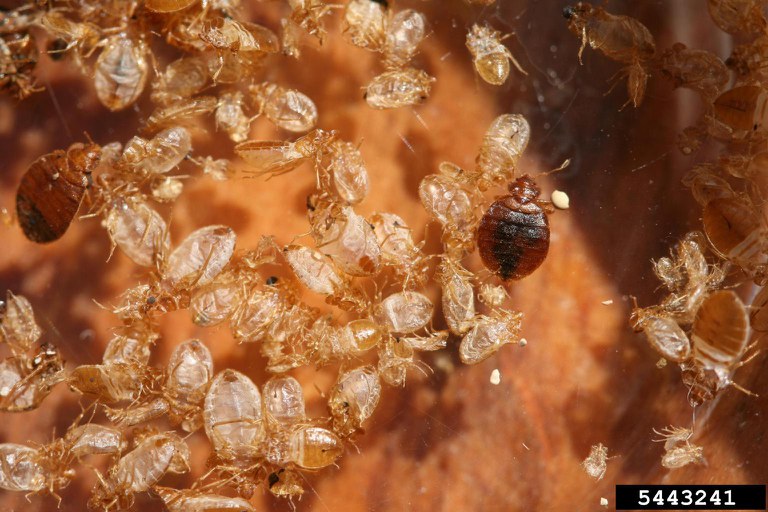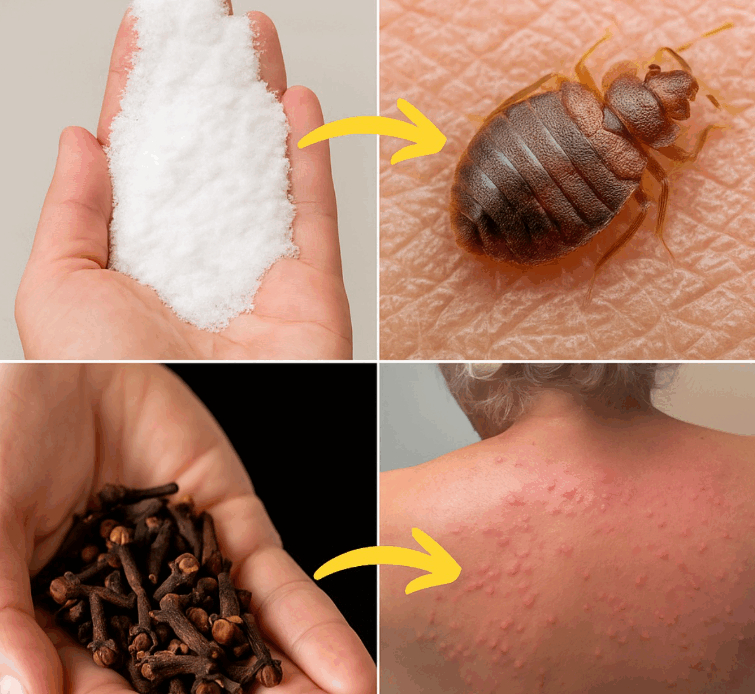Bedbugs, also known as Cimex lectularius, are tiny, parasitic insects that feed exclusively on blood. Despite their size, these pests can create major discomfort and distress for homeowners. Once they invade, they multiply rapidly, hide in hard-to-reach places, and are notoriously difficult to eliminate. However, with the right knowledge and approach, it is entirely possible to eradicate bedbugs from your home using a simple, safe, and effective method.
To tackle bedbugs successfully, it’s crucial to understand how they live. A bedbug’s life starts as a tiny, pearl-white egg, usually laid in hidden cracks or seams of furniture. One female can lay between 200 to 500 eggs in her lifetime. These eggs hatch into nymphs within 6 to 10 days. Nymphs, or baby bedbugs, go through five molts before reaching adulthood, requiring at least one blood meal at each stage. Once mature, adult bedbugs are about the size of an apple seed (5-7 mm) and live up to a year. Even worse, they can survive months without feeding, making them extremely persistent.
Bedbugs are nocturnal. During the day, they hide in the seams of mattresses, cracks in walls, bed frames, behind baseboards, picture frames, and even inside electrical outlets. At night, they emerge to feed on human blood, often leaving small red bite marks, typically in clusters or lines. These bites can cause itching, allergic reactions, and sleepless nights. Common signs of bedbug infestation include small blood stains on sheets, tiny black fecal spots, shed skins, and a musty odor in affected areas.
You may wonder how bedbugs get into a home in the first place. They don’t jump or fly, but they are excellent hitchhikers. They latch onto luggage, used furniture, clothing, and even people. Travelers often bring them home unknowingly from hotels, dormitories, or public transport. Once inside, bedbugs quickly spread through rooms, hiding in increasingly difficult-to-detect locations.
Now for the solution: how to eradicate bedbugs with a simple, effective method that doesn’t rely heavily on toxic chemicals. The strategy involves five key steps: isolation, heat treatment, deep cleaning, natural powder application, and protection.
Step 1: Isolate and Contain
Start by identifying all infested areas. Remove bedding, curtains, clothing, and other fabric items and immediately seal them in plastic bags. This step prevents bedbugs from spreading to other rooms. Clearly mark the bags and prepare them for washing. Remove clutter from the affected room to eliminate hiding spots and give yourself access to critical areas.
Step 2: Use Heat to Kill Bedbugs
Bedbugs and their eggs die at temperatures above 120°F (49°C). Use your washer and dryer to exploit this weakness. Wash all clothing, linens, and soft materials on the highest temperature setting, and then dry them for at least 30 minutes on high heat. For items that can’t be washed, such as shoes, pillows, or stuffed toys, consider using a bedbug heater or placing them in a black plastic bag under the sun on a hot day.
Another powerful tool is a steam cleaner. Steam all areas where bedbugs may hide: mattress seams, box springs, cracks in furniture, and baseboards. Make sure the steam reaches at least 120°F to be effective.
Step 3: Vacuum Thoroughly
After the heat treatment, vacuum the entire room, especially around bed frames, furniture crevices, and along baseboards. Use a vacuum with a HEPA filter to ensure even the smallest bugs and eggs are captured. Immediately empty the vacuum bag or canister into a sealed plastic bag and dispose of it outdoors to avoid re-infestation.
Step 4: Apply Diatomaceous Earth
Once the area is clean, apply food-grade diatomaceous earth (DE) — a natural, non-toxic powder that dehydrates and kills bedbugs over time. Sprinkle DE around bed legs, under furniture, along cracks, behind baseboards, and any place where bedbugs might hide. Leave it in place for at least 48 hours. DE works best as a long-term solution, so it can be applied regularly every few days for several weeks. Always wear a mask when applying DE to avoid inhalation of fine dust particles.
Step 5: Protect with Mattress Encasements
After killing bedbugs and cleaning the area, protect your bed by encasing your mattress and box spring in bedbug-proof covers. These zippered encasements trap any surviving bugs inside and prevent new ones from entering. Leave them on for at least a full year to ensure that even the most persistent bedbugs die off without a blood meal.
Additional Natural Remedies
Though not as powerful as heat and DE, certain essential oils may help repel bedbugs. Tea tree oil, lavender, peppermint, and eucalyptus oils are known to be deterrents. Mix a few drops with water and spray around bed legs, headboards, and cracks. You can also use rubbing alcohol (70% isopropyl) to spray on visible bedbugs, but it only kills on direct contact and evaporates quickly.
Prevent Future Infestations
Eradicating bedbugs is only half the battle — you must also prevent them from returning. Avoid bringing second-hand furniture into your home without thorough inspection. When traveling, inspect hotel mattresses, headboards, and luggage racks. Upon returning, isolate and inspect your bags before bringing them inside. Wash and dry all travel clothing immediately. Vacuum frequently, especially around sleeping areas, and reduce clutter to eliminate hiding spots.
When to Seek Professional Help
DIY methods are effective for small to moderate infestations, but sometimes, bedbugs are too entrenched to remove on your own. If you continue to see signs of bedbugs after multiple treatments, it’s time to contact a licensed pest control professional. They may use chemical treatments, heat chambers, or even freezing technology to eliminate deeply embedded infestations.
Final Thoughts
Bedbugs are resilient pests, but they are not unbeatable. With a combination of heat, thorough cleaning, natural treatments like diatomaceous earth, and proper prevention strategies, you can reclaim your home and your peace of mind. The key is consistency — don’t stop after one treatment. Follow each step carefully and repeat as needed.
You don’t need expensive extermination services to solve the problem. This simple, natural method gives you an affordable and effective way to take control of your living space. Act early, be thorough, and you’ll win the war against bedbugs.
